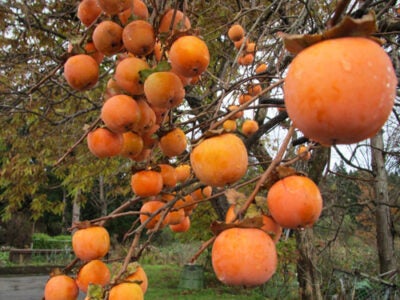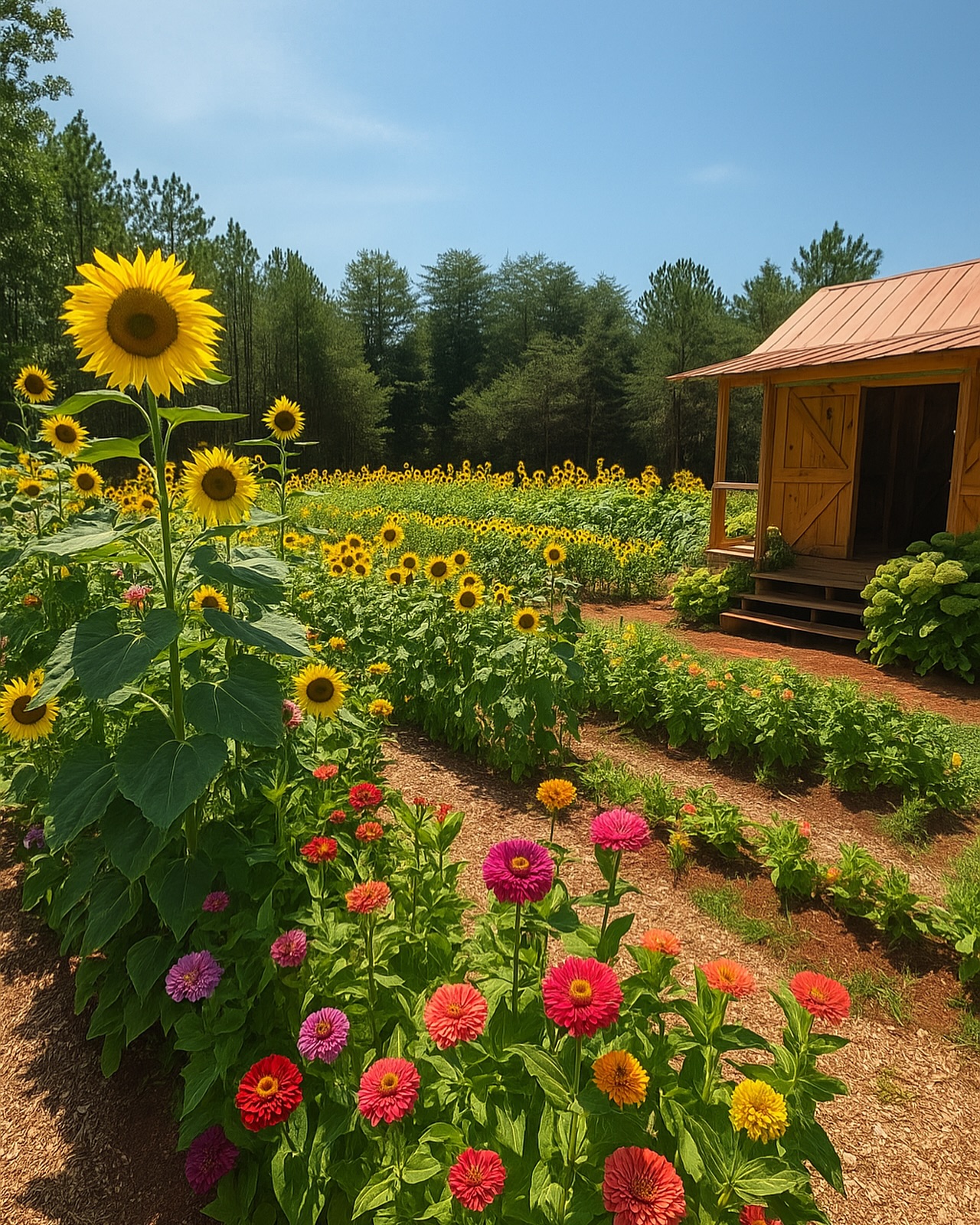Dinner from your landscape
Published 11:41 am Friday, July 19, 2024
|
Getting your Trinity Audio player ready...
|
Only a couple of generations ago, mealtime was often preceded by a few steps behind the house or a short trek to the garden, from whence the cook would find salads, garnishes, and herbs, harvest major vegetables in season, and quite likely obtain fresh eggs from a nearby coop. Unless you live in a city housing unit with no yard, patio, porch, or flat rooftop, you can still obtain some of the ingredients for a meal from garden or landscape plants.
One of the first things to consider is a little foraging if you’ve not planned in advance to grow a few vegetables, fruit trees, or bushes at your place. Do you have dandelions? Duh! All of us do. This is one of the most nutritious of vegetables, once you get past the thought of killing it upon sight. Just recently, an article summarized 54 studies reporting that the most commonly reported health benefits of dandelions were their antioxidants and liver-protecting and anti-cancer properties. The dandelion is also diuretic and antiviral. Not to mention, it is loaded with vitamins and minerals, and is free for the taking.
There are likely to be chicory, purslane, violets, dock, and other edible “weeds” in your yard or in your neighboring vicinity that you can seek out for a salad, garnish, or pot herbs.
Trending
Also, if you grow flowers, check your flower bed. Daylilies and hostas are common and most parts of them are edible. Pansies, violets, nasturtiums, oxalis, alliums, and even the petals from marigolds and zinnias can dress up a dish.
If you have room, grow a garden. Not only is it likely to reduce the ticket total during grocery shopping trips, but having a meal just outside ready to harvest is handy if there’s some reason for a store closure or interruption of normal daily habits. Gas shortages, power outages? Things do happen.
Perhaps you have nut trees, bushes with berries, or things going to seed—investigate if there are safe and edible things already in your landscape you’d not thought about. Kousa dogwoods have fruits, and they may taste boring, but I bet a good cook can make them better. That’s just one easily forgotten forage fruit.
Adding new or additional landscaping for your home is the perfect time to include some things that can provide a quick snack, a complete meal, or some food security.
A landscape does not need to look like an orchard or a country garden plot to provide meals for the table from time to time. Strawberries are easy. A planter, raised bed, or a 5 x 10 portion of a flower bed should be sufficient for fresh eating in season by today’s average family. Pulling a few weeds and applying some fertilizer in late summer should ensure a bountiful strawberry patch.
Tomatoes, at least the small cherry sort, can be grown just about anywhere. On a rocky slope or in a flower pot, they’re not that picky. A couple of mature blueberry bushes are capable of ten or 20 or more pounds of fruit per bush. Even if you must pay $15 for a one-gallon or bare-rooted plant, you’ll soon harvest your money back. Plus, fresh-picked tomatoes taste better than the picked and transported for long distances choices available at the produce counter.
Trending
Pawpaws, serviceberries, persimmons, and mulberries are useful dual-purpose trees that can be landscaped. A lattice, board, or wire fence can easily support Blackberries and goji berries.
Kale, cabbage, daylilies, pansies, horseradish, rhubarb, asparagus—it boggles the mind that so many never think of adding plants such as these to their yards with the idea of stepping outside and collecting something for the dinner table. Your landscape can look lovely and be a quick place to grab something to eat at the same time.

Persimmons can be a part of your edible landscape.
The author is a landscaper. Feedback invited. (606) 416-3911 and www.rockcastles.net






